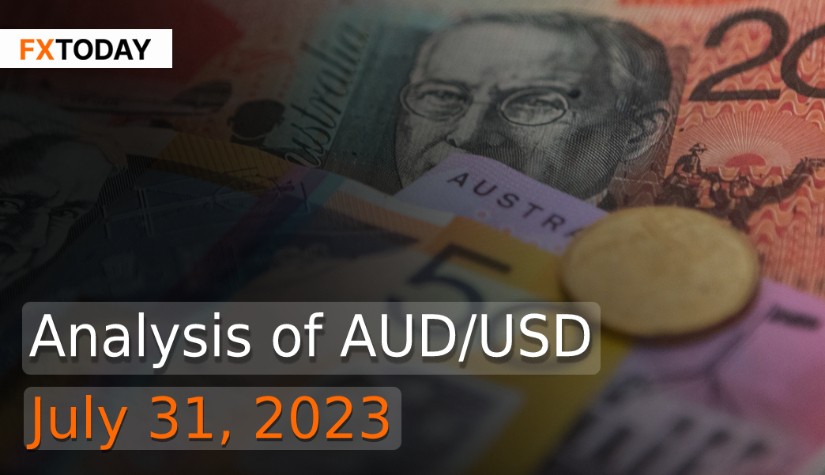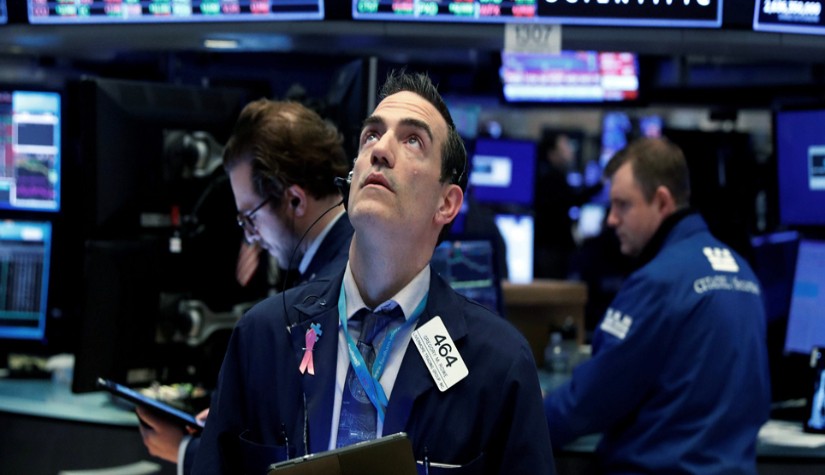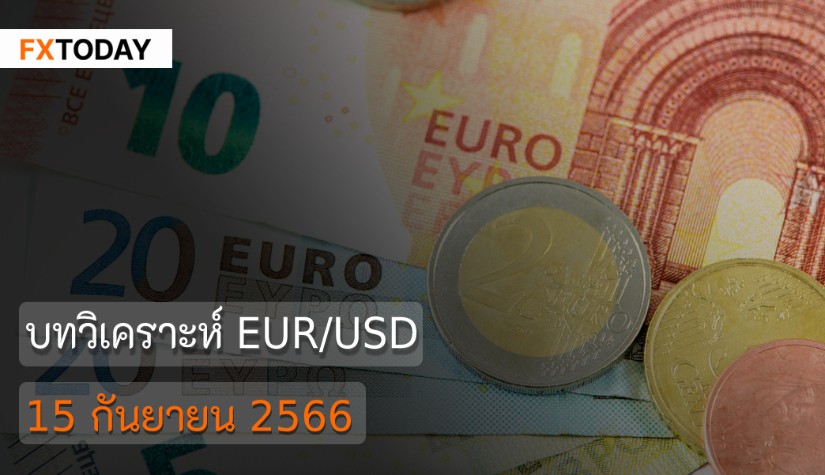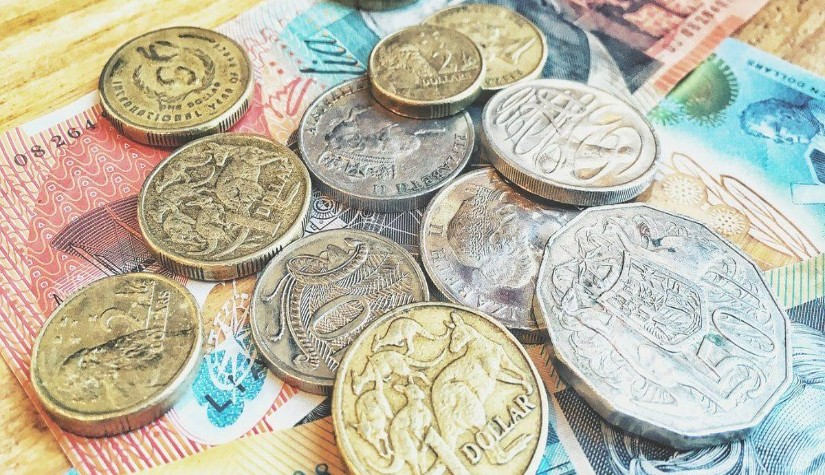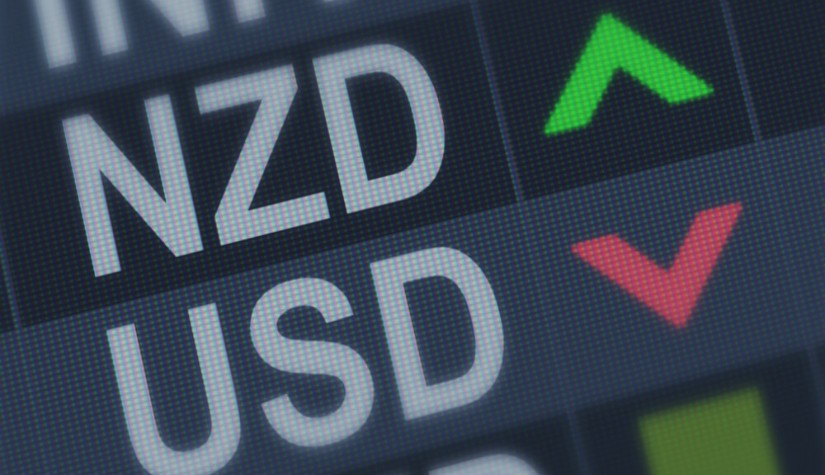Australian Inflation Slows, RBA Rate Hike Pressure Eases
Australian inflation slowed more than expected in the second quarter, primarily due to declines in the cost of domestic holidays and petrol, which has reduced the pressure for the Reserve Bank of Australia (RBA) to implement further interest rate hikes.
The data released by the Australian Bureau of Statistics showed that the consumer price index (CPI) rose by 0.8% in the second quarter, falling below market forecasts of 1.0%, and marking the smallest gain since the third quarter of 2021. This slowdown comes after the inflation rate was at 1.4% in the first quarter.
Despite the overall moderation in inflation, services inflation remained a concern for policymakers, as it accelerated to a 22-year high of 6.3% in the second quarter. This surge was driven by higher rents, restaurant meal costs, and childcare expenses. Rent inflation recorded the most substantial quarterly rise since 1988, attributed to low vacancy rates amid robust housing demand.
On the other hand, there was a notable decline in goods inflation, with an annual rate of 5.8%, down from 7.6% in the previous quarter. The RBA projected that inflation may only return to the top of the target band by mid-2025. The RBA is expected to release its updated economic forecasts soon.
Despite the inflation slowdown, the Australian labor market remained strong, with the unemployment rate near 50-year lows. This robust labor market could potentially keep inflation elevated, as businesses continue to face challenges in finding skilled workers. The June data indicated that employment grew more than expected, suggesting some persistent trends in inflation.
In another economic indicator, Australian retail sales unexpectedly fell in June, showing signs that consumer spending was losing momentum due to persistent inflation and high interest rates. This decline was most evident in department stores and apparel retailers, which experienced the biggest drop in sales.
The combination of moderate inflation and a strong labor market could influence the RBA's future interest rate decisions. Looking ahead, a majority of economists in a Reuters poll expect the RBA to raise interest rates by a quarter percentage point on Tuesday, but then pause for the rest of the year as inflation remains well above the bank's target. The strong labor market and rebound in house prices in Australia are seen as factors that could necessitate further rate increases. However, most global central banks are approaching the end of their tightening campaigns, including the U.S. Federal Reserve, and economists also anticipate the RBA will conclude its rate hikes soon.
Earlier in the week, as expected, both the Federal Reserve and the European Central Bank announced interest rate hikes. Meanwhile, the dollar declined against major currencies as investors mostly ignored the recent data showing a slowdown in inflation. U.S. annual inflation in June saw the smallest increase in over two years, with underlying price pressures moderating. If this trend continues, it may prompt the Federal Reserve to consider ending its rapid interest rate hiking cycle.
While the RBA may conduct one final rate hike in the near future, it is projected that the incoming Deputy Governor Michele Bullock will take over as the RBA chief in September. The outlook for interest rates remains uncertain as economists and investors closely monitor inflation trends and central bank decisions in the coming months. During this period, it is anticipated that the Australian dollar's trend will experience fluctuations within a certain range. However, the medium-term outlook suggests that the Australian dollar is likely to remain weaker than the US dollar, mainly because of the significant difference in returns between the two currencies.
Data for Technical Analysis (5H) CFD AUD/USD
Resistance : 0.6662, 0.6665, 0.6671
Support : 0.6650, 0.6647, 0.6641
5H Outlook
Source: Investing.com
Buy/Long 1 If the support at the price range 0.6640 - 0.6650 is touched, but the support at 0.6650 cannot be broken, the TP may be set around 0.6663 and the SL around 0.6635, or up to the risk appetite.
Buy/Long 2 If the resistance can be broken at the price range of 0.6662 - 0.6672, TP may be set around 0.6677 and SL around 0.6645, or up to the risk appetite.
Sell/Short 1 If the resistance at the price range 0.6662 - 0.6672 is touched, but the resistance at 0.6662 cannot be broken, the TP may be set around 0.6648 and the SL around 0.6677, or up to the risk appetite.
Sell/Short 2 If the support can be broken at the price range of 0.6640 - 0.6650, TP may be set around 0.6634 and SL around 0.6667, or up to the risk appetite.
Pivot Points Jul 31, 2023 02:23AM GMT
| Name | S3 | S2 | S1 | Pivot Points | R1 | R2 | R3 |
|---|---|---|---|---|---|---|---|
| Classic | 0.6634 | 0.6641 | 0.6648 | 0.6656 | 0.6663 | 0.6671 | 0.6677 |
| Fibonacci | 0.6641 | 0.6647 | 0.6650 | 0.6656 | 0.6662 | 0.6665 | 0.6671 |
| Camarilla | 0.6653 | 0.6654 | 0.6655 | 0.6656 | 0.6658 | 0.6659 | 0.6660 |
| Woodie's | 0.6634 | 0.6641 | 0.6648 | 0.6656 | 0.6663 | 0.6671 | 0.6677 |
| DeMark's | - | - | 0.6645 | 0.6654 | 0.6660 | - | - |
Sources: Investing 1, Investing 2
Maximize your knowledge: Blog

